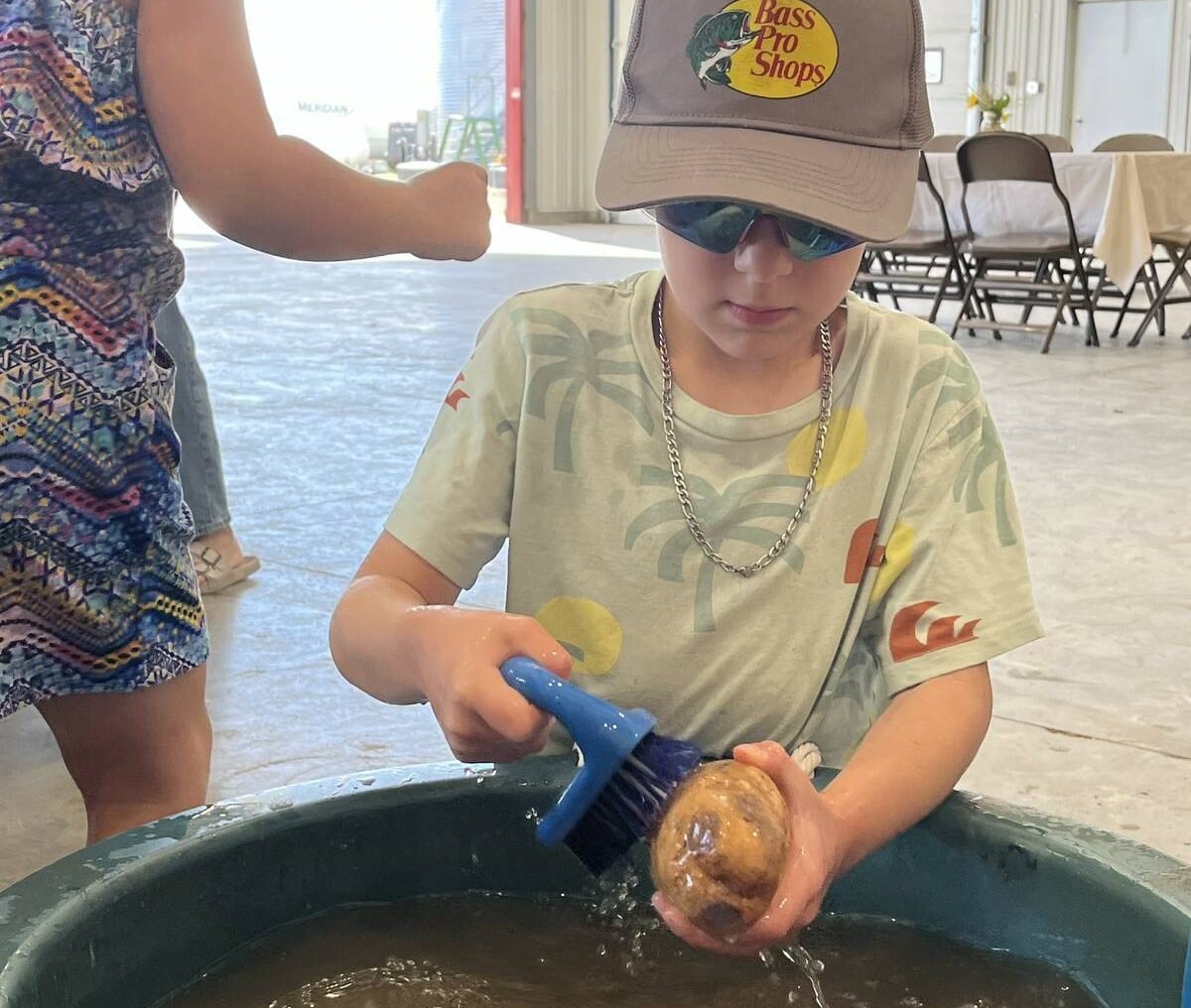VICTORIA, B.C. – Debate about how to ensure farm safety can be as entangling as a power take-off.
The best system covers all three E’s: Engineering, education and enforcement, said Larry Chanasyk, a director of the Canadian Coalition for Agricultural Safety and Rural Health. He represents machinery manufacturer New Holland on the coalition.
Others disagree, emphasizing one element over the others. Even Chanasyk, speaking during a panel discussion at the recent Canadian farm safety conference, said engineers and government laws are no defence against possible accidents.
Read Also

Agri-business and farms front and centre for Alberta’s Open Farm Days
Open Farm Days continues to enjoy success in its 14th year running, as Alberta farms and agri-businesses were showcased to increase awareness on how food gets to the dinner plate.
“I have met farmers who will take off every safety shield off a new tractor because it interferes with proper servicing.”
That may be true, said fellow panel member Dallas Kerr, a Telkwa, B.C. farmer. But in their defence he noted some guards are difficult to work around at -30 C. He also said money becomes a factor for some farmers who drive old tractors when there are newer, safer ones developed by the manufacturers.
“To enforce it you’ll see guys say they can’t afford it and they’ll quit farming,” Kerr said in an interview.
With existing B.C. laws that force farmers to take a $100 first aid course and get a $200 pesticide applicators certificate, farmers tend to resist more enforcement because of cost. And taxpayers wouldn’t support the farmer by subsidizing safety issues, Kerr said.
Scattered applause followed a comment from the floor by farm worker Sally-Anne Downes of Olds, Alta. who said, “we need legislation and legislation and legislation.”
In an interview, she said handling farm machinery should be regulated similar to driving a car. This would prevent children and incapable seniors from running the machinery and risking injury.
“Why is agriculture out there on its own? There’s no laws,” covering farm labor, Downes said.
Community health nurse Heather Jo Blundell-Gosselin added: “You either have a safety attitude or you don’t.”
She said the community must tell individuals to stop unsafe practices, such as taking a four year old along while doing field work. She supported the enforcement argument saying laws would cover the 30 to 40 percent of farmers who aren’t listening to the safety message.
Dr. Rob Brison also sided with those in favor of legislation. Brison is an Ontario emergency room doctor developing a system to list Canadian farm injury statistics.
“People change their behavior because of the perception of the risk of being caught, not because they believe they’ll be injured,” said Brison. “That’s why legislation is always more effective than education.”
Brison also took a swipe at engineers, saying farm machinery manufacturers are reluctant to introduce new safety items unless everyone in the industry is doing it. They don’t want to be noncompetitive.
He said car makers used to make the same complaint but have now found safety is a selling point, not a hindrance.
Brison said p.t.o.s haven’t had a design change in 40 years. He said European machines are coming out with hydraulics to eliminate the need for the gripping parts of p.t.o.s that have taken farmers’ limbs and lives.
Chanasyk said engineers like modifications such as hydraulics and automatic shutoffs that kick in when the operator leaves the seat because these do not require people to activate them. But no matter what devices are put in, someone, somewhere will find a way to disable them.














